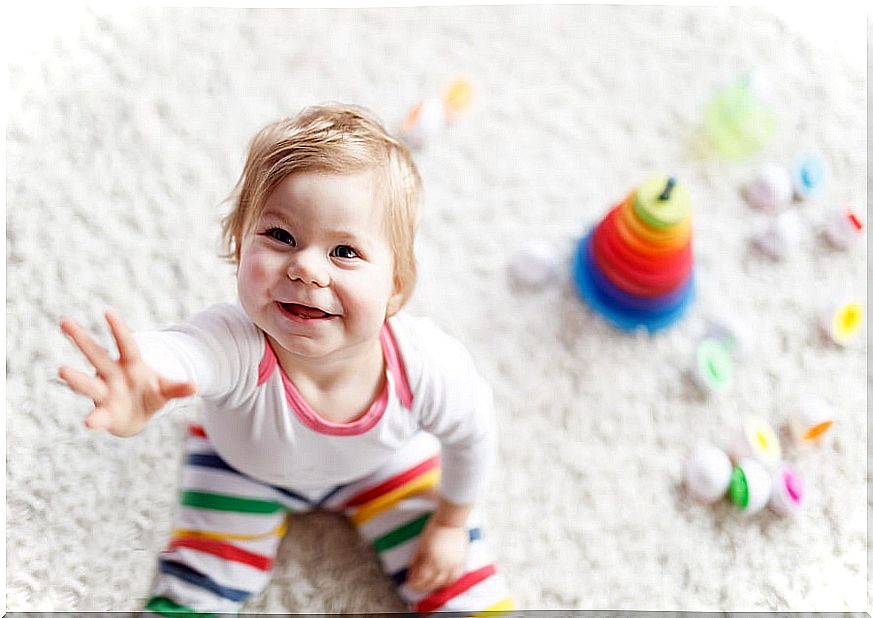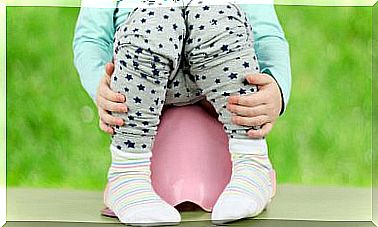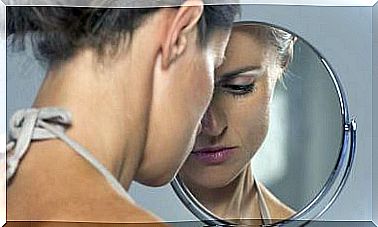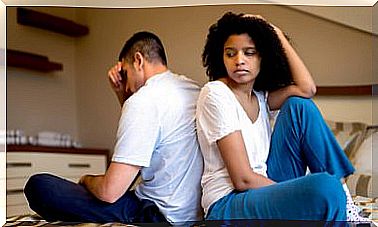What Is Sitting?
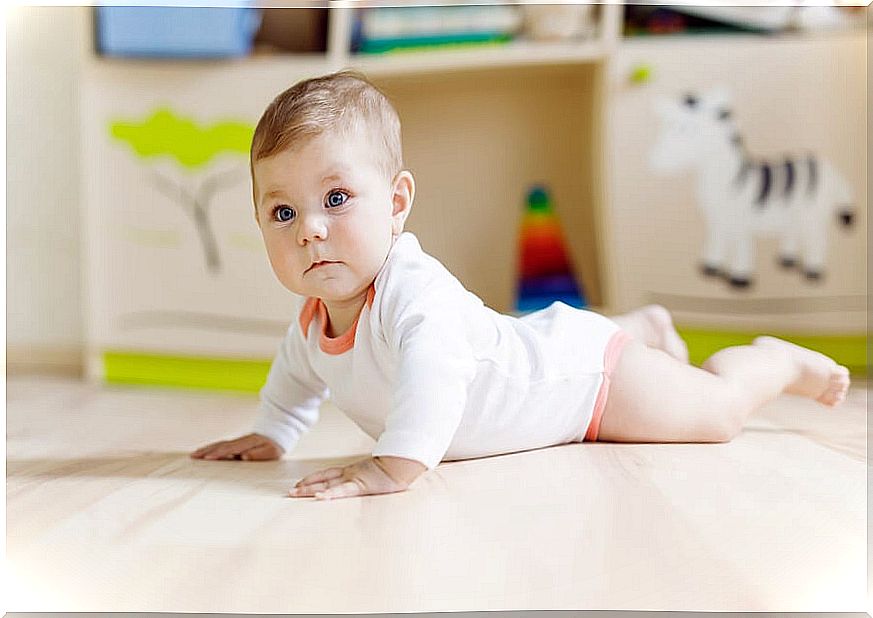
When the baby begins to sit, around three months of age, he does everything possible to be placed in that position. Learning to sit alone, as well as to stay in this position without help, usually occurs after six months of age. The acquisition of this learning is called sitting.
When we talk about learning to sit, the change begins when the neck muscles gain more strength and the baby becomes able to lift his head. Then, with the help of his parents or an adult, he tries to sit up, even though he falls quickly.
This process is a bit slow, so parents need to be patient and learn a little more about what sitting is all about. Next, we offer you all the information about it.
What is sitting?
Sitting is one of the basic positions to remain seated that people take from a young age. It is from six to nine months of age that the baby begins to be mature enough to complete the first basic tasks on his own.
One of these tasks is learning to sit alone and maintain the posture, which is known as sitting. It is one of the most important processes in the development of the baby’s spine and posture; at this stage, the hands are no longer the main support.
Sitting implies for the child the conquest of a position against gravity, with which he will have a new perspective of the world that surrounds him. Your interaction with him will change, so a stage of curiosity about his environment will begin, in addition to the development of his balance skills.
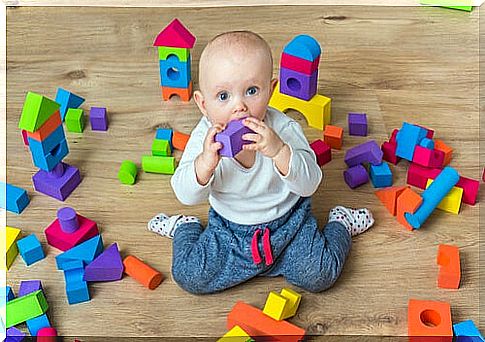
How do you know if a baby is ready to sit up?
Each baby is different, therefore, each one will present their own development. Although he should have acquired this ability before nine months, he should not be forced or forced to perform this process in any way, as it can lead to injury.
It can be noticed that he tries to sit up when, lying on his back, he turns on his stomach; It is also observable when, while sitting in his chair, he tries to stand up alone.
Once you are able to sit up on your own, you must be aware of your posture to avoid future damage to your spine, hip, and posture. At times when he is sitting, the baby can be surrounded by cushions or soft surfaces so that he maintains an upright posture.
Benefits of sitting
This stage of children’s development has a positive impact on their lives. These are its main advantages:
- Project a good body image.
- Provides safety and greater comfort.
- It improves the perception of the baby and also its visual field.
- Helps improve your breathing.
- Taking symmetrical postures, which helps to anticipate muscle and bone deformations.
- Improves motor development.
- Allows you to better reach close objects.
How to stimulate the baby to be able to sit up?
Children need opportunities and stimuli that encourage them to carry out thousands of attempts and repetitions, until they acquire and master the sitting position. For this reason, experts such as the physiotherapist Laura Cruz Neila recommend some of these activities:
- Put him on a blanket on the floor for activities : Either putting toys on him or tickling him to stretch a little, it will help develop his muscles and the mobility of his hips and spine.
- Place it upside down: Thus, it will try to turn itself around. This is essential for stimulating the muscles of the hips.
- Place toys or objects around him: When sitting, try to reach objects with one of your arms and stretch your limbs while remaining in that position.
- Sit him on your lap: You should take it from its back and then release it for a few seconds to see if it manages to maintain itself and achieve balance.

Although it is true that in specific moments or situations its use may be convenient, it is not recommended that the child spend a lot of time sitting on devices that limit their mobility in a habitual and prolonged way.
If you notice that your baby cannot sit up on his own and you consider that a long time has passed, it is advisable to go to the doctor. To rule out any inconvenience to your spine, it is important that your pediatrician observes you and receives the most appropriate treatment.
Finally, remember that all babies have their own developmental time. However, in some cases other types of measures must be taken beyond daily exercises.
